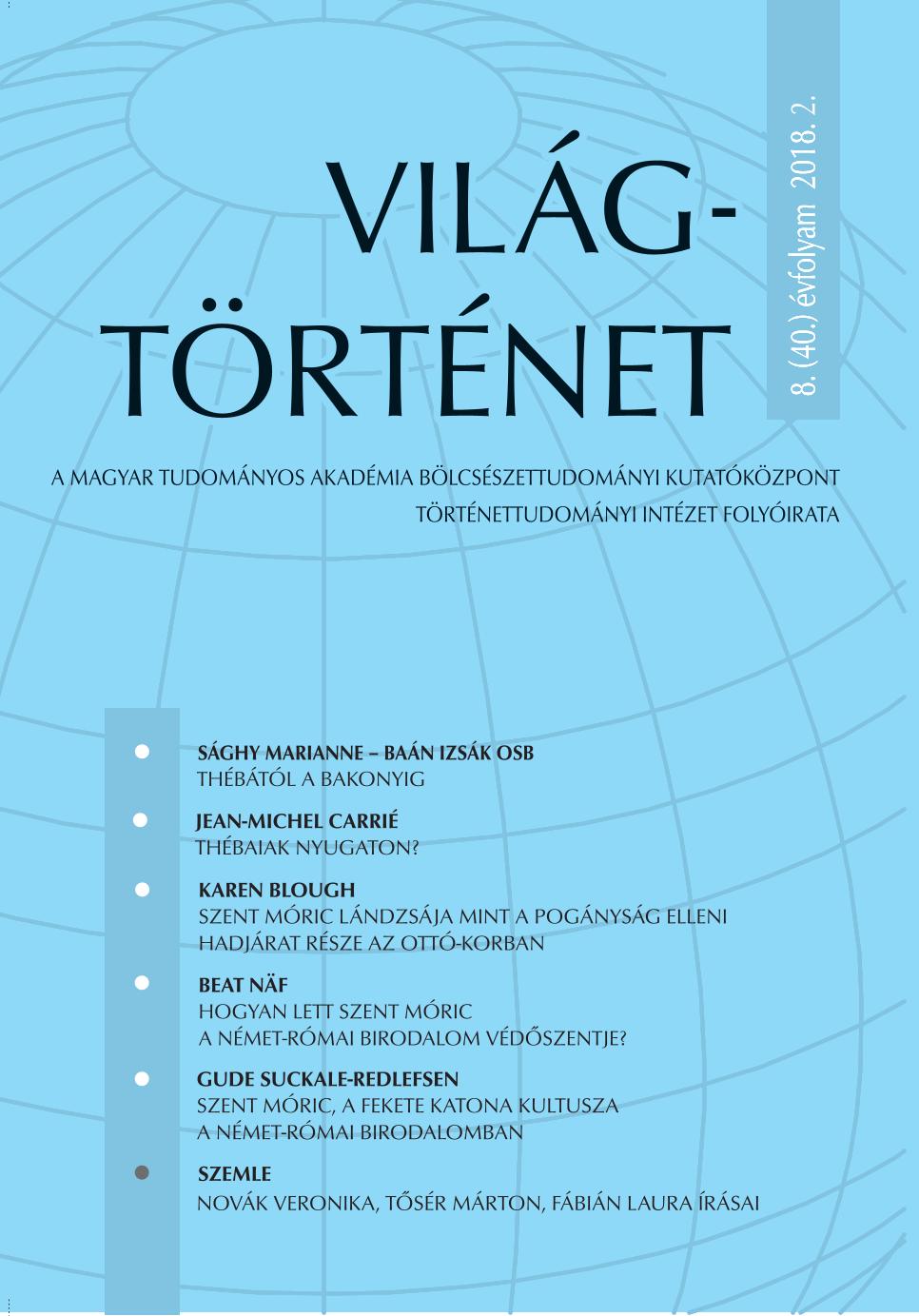Liturgia és gyógyítás a kora középkori szentkultuszban. A lázcsillapító Szent Zsigmond-mise
Liturgy and Healing in an Early Mediveal Saint’s Cult: The Mass in Honore Sancti Sigismundi for the Cure of Fevers
Author(s): Frederick S. PaxtonSubject(s): Christian Theology and Religion, Cultural history, History of Religion
Published by: Magyar Tudományos Akadémia Bölcsészettudományi Kutatóközpont Történettudományi Intézet
Summary/Abstract: This essay focuses on the mass of St. Sigismund for what it reveals about early medieval attempts to come to terms with the ever-present reality of illness. Thanks to the mass in Sigismund’s name, sufferers from fever, who were ubiquitous in the Middle Ages and often too weak to travel, did not need to make a trip to the saint’s gravesite on the Rhône River southeast of Lake Geneva, but could have access to his healing power wherever his mass was known and sung. Through the success of his mass, Sigismund became not only the first medieval saint to specialize in the cure of a particular medical condition but also the first whose healing power was regularly accessible outside the presence of his relics. In this respect, Sigismund’s mass was an innovation in the way that saints cared for the sick. But it was also an innovation of another sort, for it created a place for priests within the healing process, as orchestrators of their congregations’ entreaties and as petitioners themselves. The origins and spread of the mass of St. Sigismund thus cast a welcome beam of light on a little-known aspect of early medieval responses to sickness—ritual healing by priests within a liturgical setting.
Journal: Világtörténet
- Issue Year: 2018
- Issue No: 2
- Page Range: 263-285
- Page Count: 23
- Language: Hungarian

